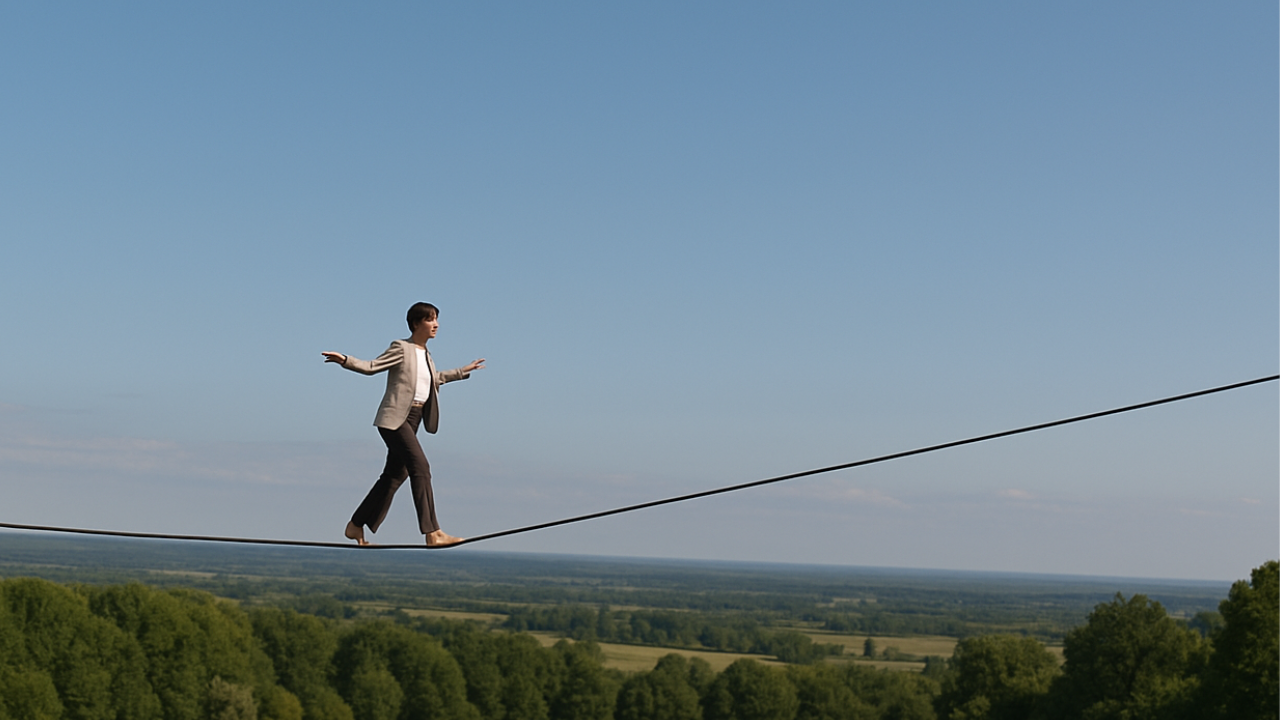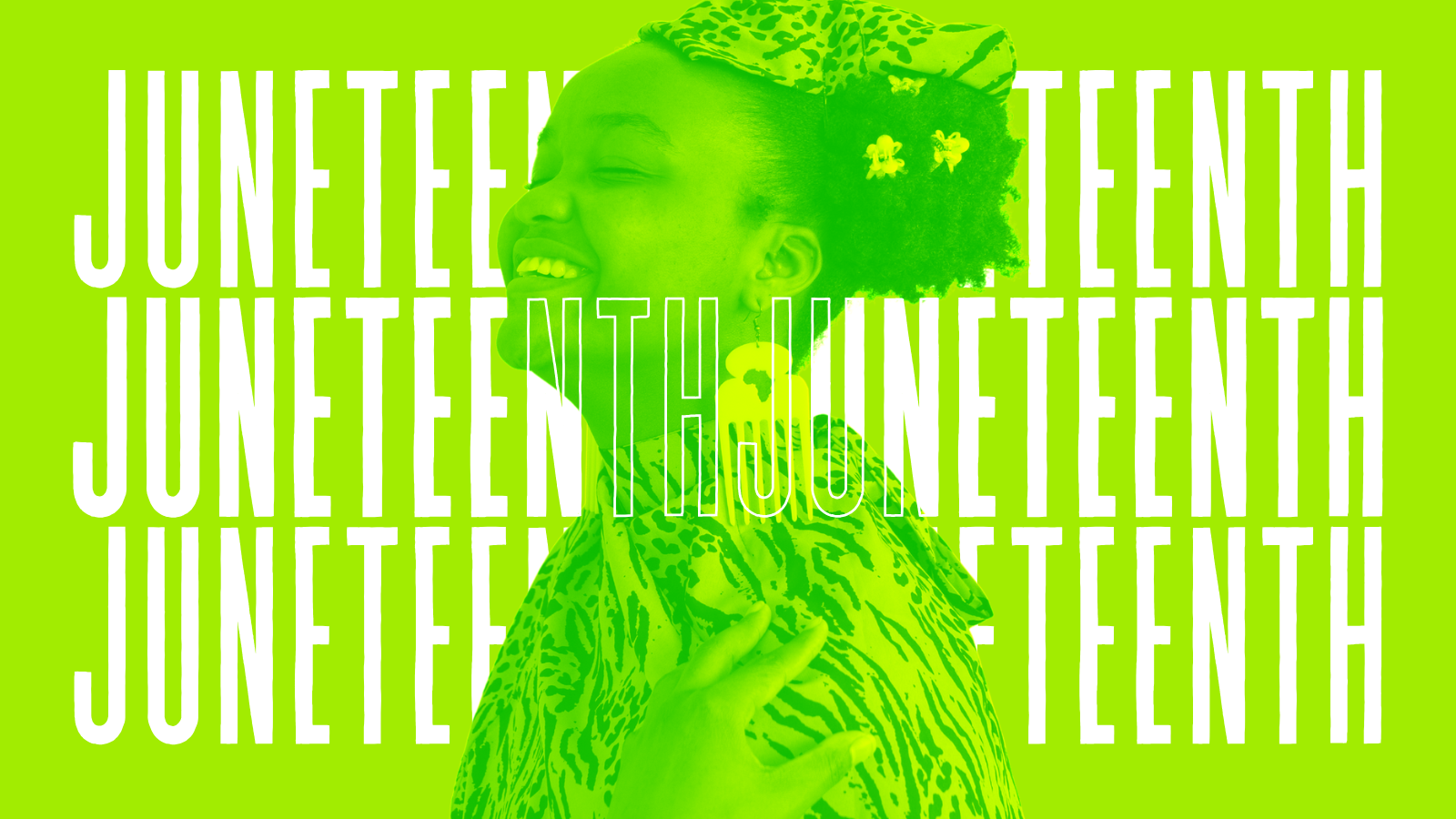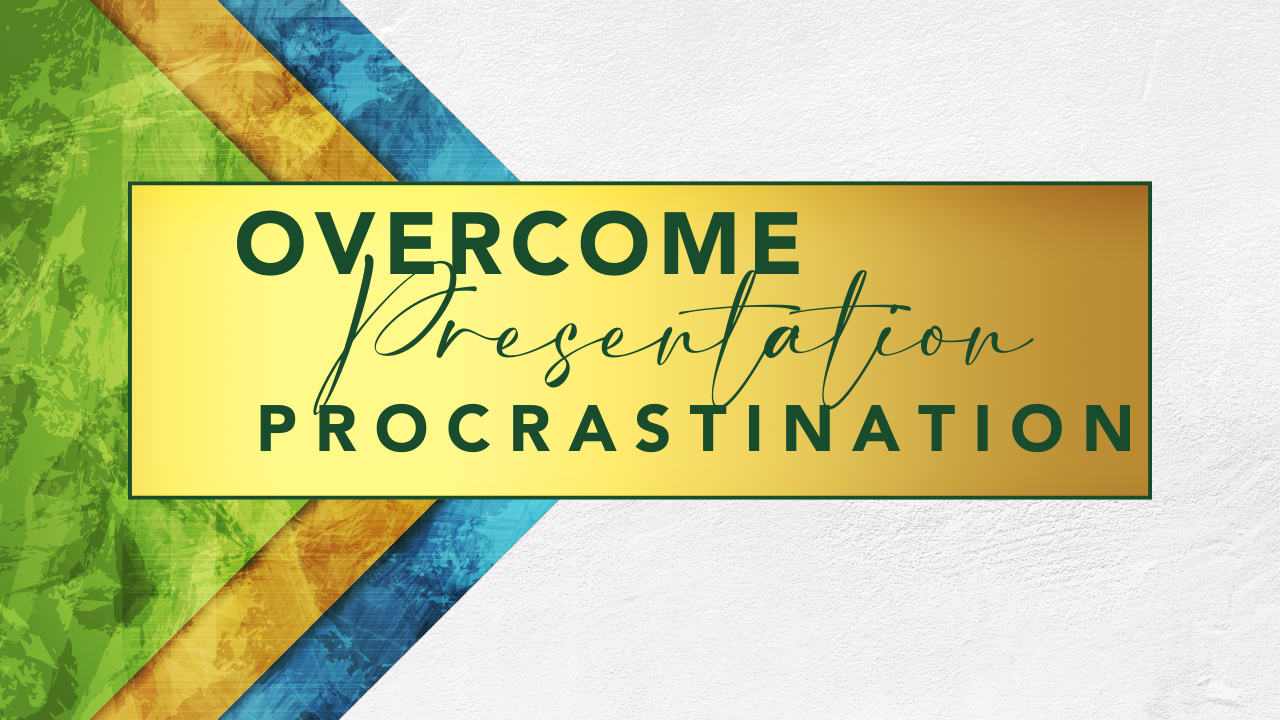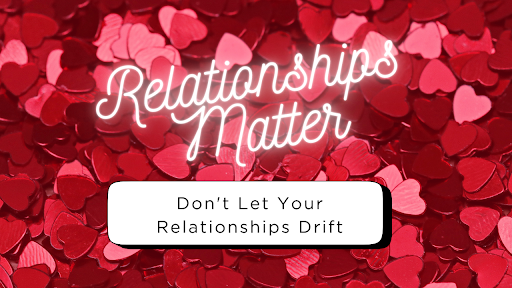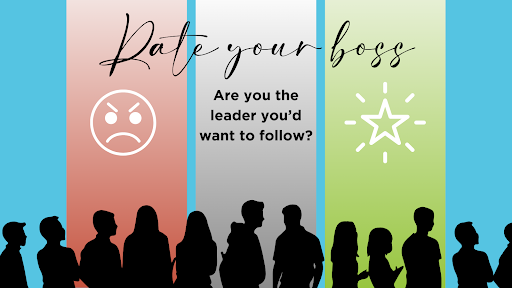Did you know that the nemesis known as Procrastination cannot withstand the light and power of Accountability? Here’s how to make Accountability your superpower in 2023.
New Year – New Goals
There’s something magical about the beginning of a new calendar year. A fresh start – new possibilities. It can make you feel like you can do ANYTHING – just like superheroes!
But, there are no superheroes, and life is incredibly demanding. The sensible part of us knows that and realizes that we shouldn’t fool ourselves into thinking things will be different just because the calendar has ticked over to a new year. Goal setting alone won’t make our dreams come true. Unless we do something different. As they say,
No Change, no change.
So why is it that one of the most common new years activities is to set new goals and make resolutions? Perhaps it is because it’s fun to dream about positive change. It’s exciting to envision a new you, one that is slimmer, healthier, happier, and infinitely more successful, etc.
But deep down we all know that making big, sustainable change happen is only possible through discipline, action, support, consistent effort, sacrifice, etc. etc. Well, that’s not easy nor is it fun. Maybe that’s why so many people abandon their new year’s goals and resolutions so quickly.
So, what’s missing?
In one word: Accountability.
Here’s a compelling excerpt from Ohio State University blog post:
“Plenty of people set goals, but few create a way to be accountable for them. Studies have shown that people who write a goal and identify a way to be accountable for it are twice as likely to achieve that goal than someone who thinks about it or writes it down. Goal accountability means that you are responsible not only to set and achieve goals but to find some way to be accountable to someone other than yourself.”
Source:
https://fisher.osu.edu/blogs/leadreadtoday/blog/new-years-resolution-accountability
It’s true! Accountability is often the missing ingredient in goal setting. It’s like accidently leaving out the baking soda in your favorite cake recipe. It fails to rise. Your results are flat and disappointing.
Rethinking Accountability
When thinking more deeply about such things, I often find it helpful to consult the online dictionary. What is the meaning and origin of these words and concepts that we so commonly speak?
Definitions (sources: Cambridge English Dictionary and good old Google)
Goal Setting:
the process of deciding what you want to achieve or what you want someone else to achieve over a particular period
Accountable:
the fact of being responsible for what you do and able to give a satisfactory reason for it, or the degree to which this happens.
Accountability: an obligation or willingness to accept responsibility or to account for one’s actions
Synonyms for Accountable:
responsible, liable, answerable, obligated, indebted, amenable, obliged, beholden
Antonyms for Accountable:
irresponsible, exempt, immune, unaccountable, nonaccountable
I am aware that the word Accountability (like the word Discipline) carries a negative connotation. It can feel punitive and harsh. We see these words appear often in the context of criminal justice or a political scandal. And while “lying is not a crime” you may (or may not) be held accountable for lying on your resume when running for let’s say, Congress.
Being successful should not just be about
avoiding accountability (aka, not getting caught). Accountability could and should be used more positivity and proactively. It is a desired attribute we should encourage and cultivate in ourselves, our team, and our families. Maybe we could even think about it as a habit?
What can accountability do for you?
I believe that accountability can be your superpower! It can turn an ordinary professional into a high achiever. It can be help you fend off the procrastination, excuses, and fear that have been slowing down your progress and postponing your goals. As Bob Proctor was fond of saying, “Accountability is the glue that ties commitment to the result.” Most people have plenty of commitment, they are short on glue. Hence, no results.
The hardest part about accountability is trying to do it all by yourself. You will need an accountability partner (or buddy) to help you in accessing this superpower. Don’t keep it a secret and don’t try to go it alone. ASK FOR HELP from someone you trust. Ask them to help hold you accountable for what
you say is important in your life.
I like to think of accountability as insurance for my goals and success.
What will this require of you?
Like other forms of insurance, accountability comes with a premium and deductibles. Accountability will require you to do a few uncomfortable things at first, including:
1. trust someone
2. be vulnerable
3. embrace transparency
4. admit your failings and shortcomings
5. be honest with yourself
6. ask for help
But the good news is that Accountability will become more natural and normal the more you do it. It is possible to make Accountability a good habit in your life. It’s good insurance to have – accountability will help protect your assets and your future success!
More Accountability = More Success!
To help myself and others in my network tap into the superpower of accountability, I have created a new program called
Fearless Accountability. It’s a butt-kicking monthly virtual support group for aspiring fearless leaders who want to stay on track and build momentum in their careers and lives. Our motto is “More Accountability = More Success!”
What is it all about?
We meet the first Thursday of each month on Zoom for a 90-minutes to get clear and transparent about what we are each doing (or not doing so well) to move towards our stated goals. We use a proprietary Accountability Habit Tracker to increase awareness and practices that support our goal success.
Every month, participants in the Fearless Accountability program identify and share with their monthly accountability buddy 3 action goals that they will complete during that month using the Action of Agreement tool. I have used this tool for years with clients who have taken my presentation skills training classes. Your leadership journey will require you to continuously set new goals and make investments to develop yourself.
We also use a proprietary
Habit Tracker
to make sure you have the awareness and best practices to support your development and success.
Free Helpful Tool
As my New Year’s gift to you, please DOWNLOAD the tool and use it!
Tool – Agreement of Action for Accountable Leaders
If you are serious about reaching your goals and building momentum in your career and life, then I invite you to join the Fearless Accountability group. Space is limited to 20 participants. Next team meeting is January 5, 2023 from 11am-12:30pm EST.It’s affordable and it’s fun! (really!)
We have room for a few more people.
How about you?
Enroll at www.FearlessAccountability.com
Accountability is calling to you. It needs you. And we’re here to pick up that call and help you MOVE FORWARD in the direction of your goals and dreams.
Let’s make 2023 a year we can all be proud of!



